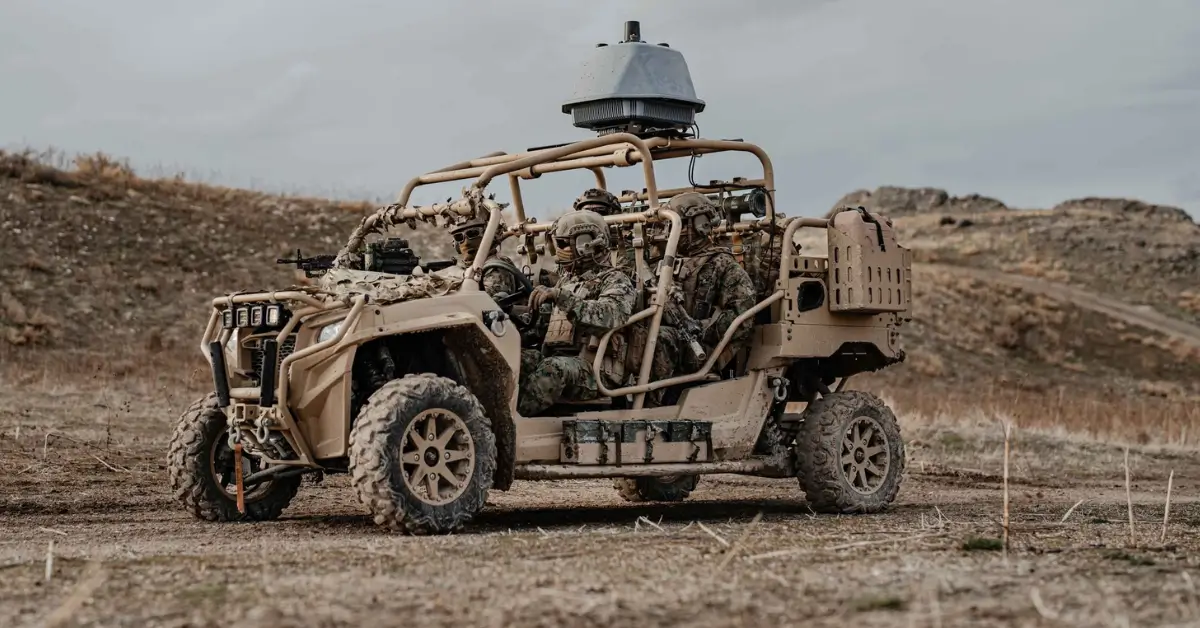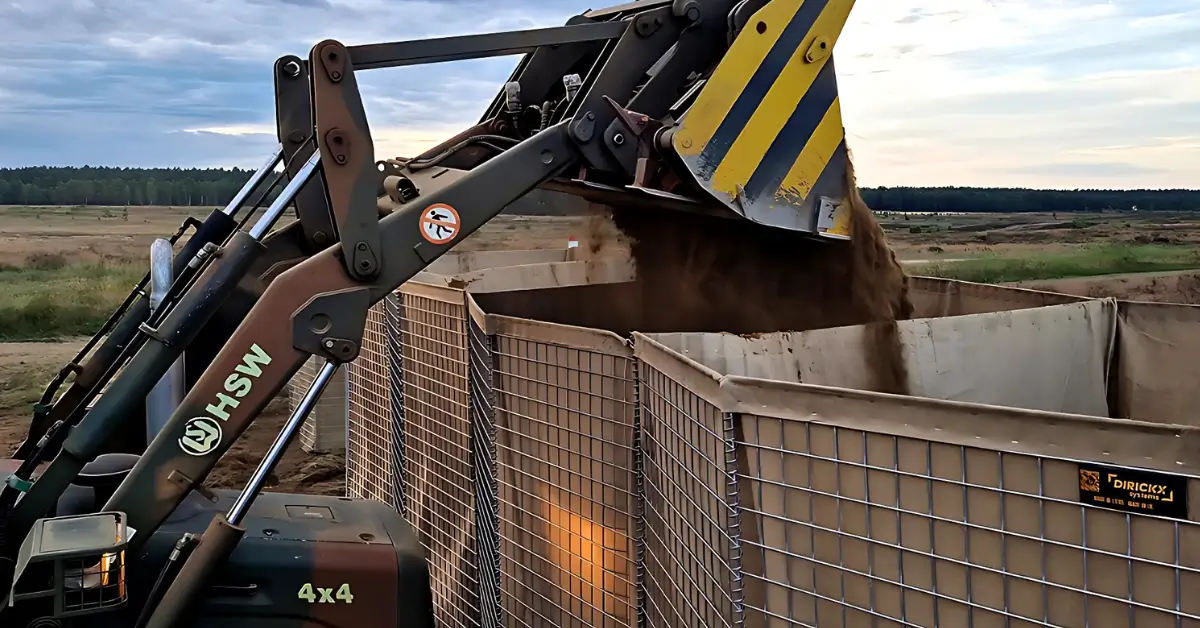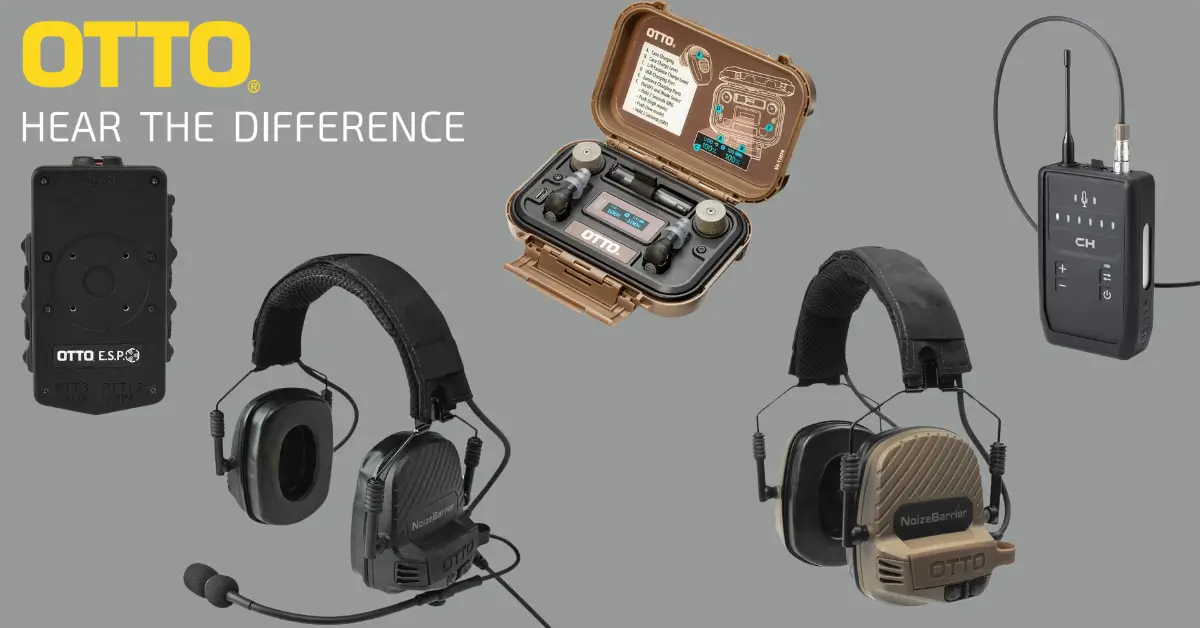Drones are rapidly becoming a fixture in our skies. While they provide numerous advantages, unauthorised drone activity can present considerable security risks and potential threats. For example, the ongoing war in Ukraine has prominently showcased the strategic and disruptive roles that drones can play in modern conflicts. For military and law enforcement teams, protecting sensitive areas and maintaining operational integrity requires robust drone detection systems that can neutralise threats. This guide equips you with the knowledge to choose the right system for your needs, covering various detection and neutralisation methods, key features, essential countermeasures, and best practices for deployment.
Understanding Drone Detection and Neutralisation Systems
Drone detection systems come in various forms, with some offering integrated neutralisation capabilities. It’s crucial to understand the capabilities of each type:
RF Analyzers: Focus on detection by analysing radio signals between the drone and its controller. They are often paired with other technologies for a complete defence solution.
Acoustic Sensors: Detect drones by their unique sound signatures in limited visual detection environments.
Radar Systems: Primarily detect and track drones over long ranges and in all weather conditions. Certain advanced models are equipped with countermeasure technologies for immediate threat neutralisation.
Optical Systems: Use high-resolution cameras and machine learning for identification, sometimes including options to trigger automated countermeasures.
Hybrid Systems: Comprehensive solutions combining detection methods like radar and RF analysis with neutralisation capabilities like jamming or energy weapons offer a complete response system from detection to neutralisation.
Choosing the Right System: Key Features to Consider
When evaluating drone detection systems, consider both their detection prowess and their ability to neutralise threats:
Dual Capability: Assess whether the system offers both detection and neutralisation. Integrated systems provide a more robust solution by addressing threats immediately upon detection.
Detection Range and Accuracy: Essential for initial identification, the range and accuracy determine how effectively the system can monitor airspace.
Neutralisation Methods: Ensure the system includes legal and safe countermeasures that are ready to deploy upon detecting a threat.
Integration and Real-Time Response: Look for systems that integrate smoothly with existing security infrastructures and provide real-time alerts and responses.
Beyond Detection: Integrated Countermeasures
Integrated countermeasures are crucial for not just detecting but also neutralising unauthorised drones
Signal Jamming and Geo-Fencing: Immediate disruption of a drone’s control or access to sensitive areas.
Spoofing and Capture Systems: Aggressive approaches that take over or physically capture rogue drones.
Directed Energy Weapons and High-Energy Pulses: Disable drones through concentrated energy bursts.
Deployment and Operational Integration
To get the most out of your drone detection and neutralisation system, follow these best practices:
Comprehensive Training: Make sure that all personnel are properly trained in system operation and response protocols.
Collaboration with Authorities: Work closely with local authorities to handle detected drones following legal guidelines and safety protocols.
Regular Updates and Maintenance: Keep software and hardware up-to-date for optimal performance and security against evolving threats.
Data Analysis: Utilise system data for pattern identification and enhancing security measures.
Cost Considerations
Drone detection systems vary significantly in price depending on their complexity, capabilities, and range:
Simpler Systems: Basic radar or RF analysers might be a suitable starting point for smaller areas and lower threat levels, and they are generally more affordable.
Advanced Systems: Hybrid systems with long-range detection, multi-sensor integration, and advanced features like machine learning naturally cost more.
Finding the Value Balance
Whilst cost is a crucial factor, it should not be the sole deciding element. Consider it an investment in protecting your airspace or critical infrastructure on the ground. The effectiveness of the chosen system in mitigating your specific security risks should be the primary concern:
Identify Your Needs: Clearly define the security threats you’re most concerned about and the size of the area you need to protect.
Compare Features and Costs: Research different systems, comparing their features and functionalities to your needs. Consider the total cost of ownership, including installation, maintenance, and potential software upgrades.
Seek Expert Advice: Consulting with security professionals experienced in drone detection systems can provide valuable insights.
Proof of Concept and Referrals: Before finalising your choice, request a proof of concept or pilot testing to see the system in action and ask for referrals from current users. This combined approach helps verify the system’s performance in real-world conditions and offers insights into its reliability and the manufacturer’s support services.
By understanding the available technologies, their features, and best deployment practices, you can create a robust defence against unauthorised drone activity. Remember, selecting the most suitable system requires careful consideration of your specific environment and operational needs. You can effectively secure your airspace and maintain operational integrity with the right approach and technology.
If you need expert advice on choosing the right drone detection system for your specific challenges, please contact one of our MSS Defence experts. We’re here to help you find the best security solutions.




